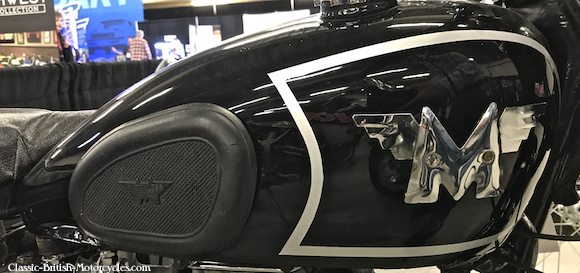1941 Matchless G3
1941 MATCHLESS G3 BACKGROUND
Just prior to World War 2, Matchless was on a roll. Their middleweight singles were selling as fast as they could be built. In 1939, Matchless introduced the next evolution in their single-cylinder design, the 349cc Matchless G3. Just as production was ramping up, the British Army got trapped at Dunkirk in France, with the whole German Army nipping at their heels. They had to abandon all of their equipment to escape capture, including virtually every motorcycle the Brits had in Europe at the time. So, the British War Office pressed every available civilian motorcycle into military service and contracted with Matchless to build 80,000 G3 and G3/L models for the British Army. This puts the Matchless G3 into second place behind the BSA M20 as the most prolific bike of the War. However, in a competition put on by the War Department, the G3 lost to the Triumph 350 which was lighter and faster. However, the Germans bombed the Triumph plant in 1940, temporarily halting Triumph production, which cinched the contract for Matchless. The G3/L is a lighter-weight version designed for the Army, which was 56 pounds lighter than the standard G3, before hanging all the military gear on the bike. So, the G3, like this 1941 Matchless G3, was the civilian version, and the G3/L was the lightweight military version. This surely must be one of the last civilian bikes built before all production was switched over to war materiel. After the war, the G3 enjoyed an illustrious career in civilian use until 1958. During that time, it received numerous upgrades including a swing arm rear suspension in 1949, an aluminum cylinder head in 1951, stronger main bearings, an auto-advance for the spark, and better front forks in 1955, and an alternator, brake light and steering damper in 1958, it’s final year of production. By this time, it had evolved into a very strong, reliable machine. However, it’s 350cc displacement put it in the middleweight class, and in the late 1950s, all the action was in the heavyweight class, made up of 500cc singles, and lots and lots of new vertical twins.
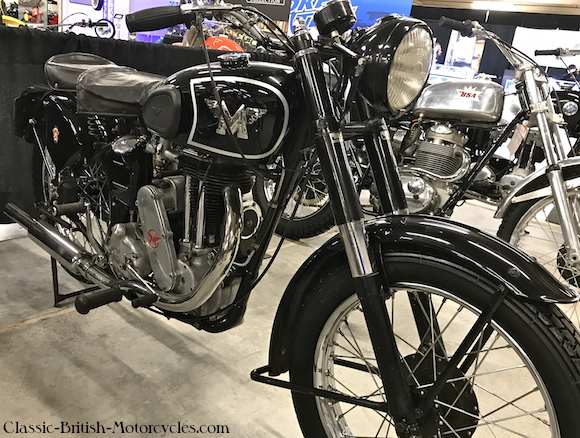
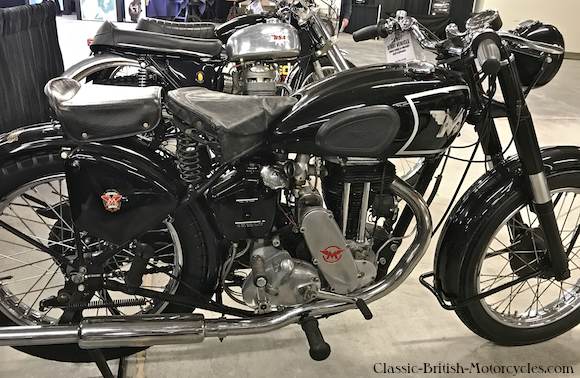
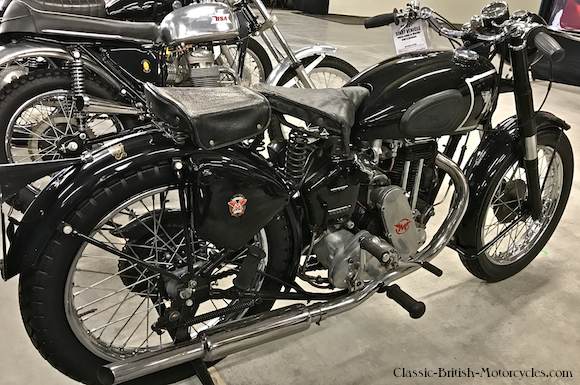

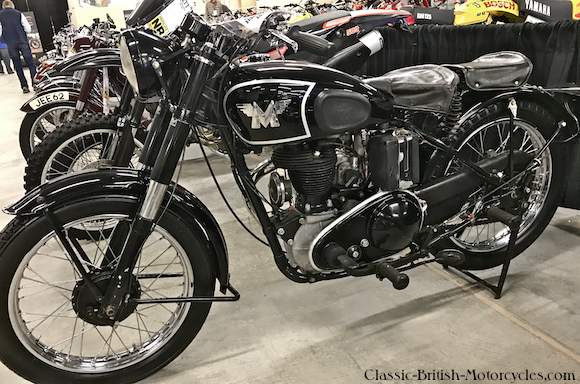
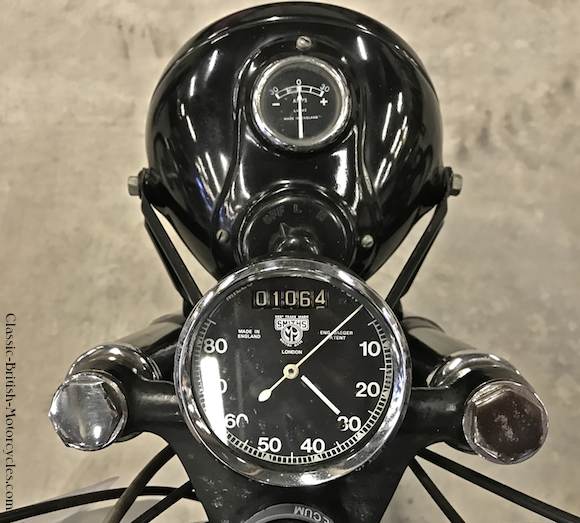

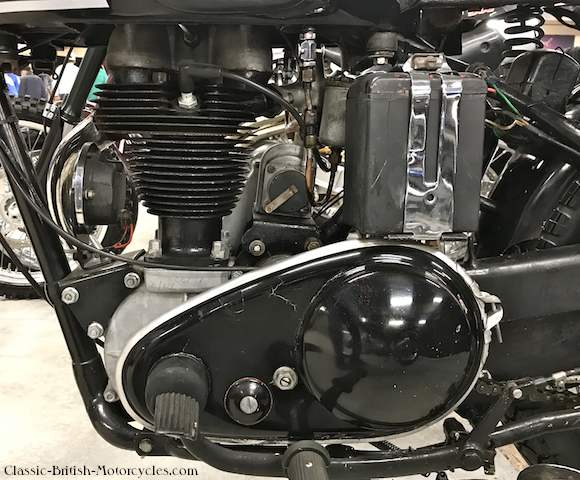
1941 Matchless G3 SPECIFICATIONS
|
Engine type: Displacement: Bore & Stroke: Compression ratio: Lubrication system: Fuel system: Ignition system: Charging system: Primary drive: Clutch: Gearbox: Final drive: Suspension, front: Suspension, rear: Brake, front: Brake, rear: Tire, front: Tire, rear: Wheelbase: Seat height: Ground clearance: Weight: Fuel capacity: Oil capacity: Top speed: |
Air-cooled OHV vertical single-cylinder 347cc / 21.2 cid 69mm X 93mm 6.5:1 Dry sump Amal 76 carburetor, 1-1/16″ Lucas Magneto Lucas dynamo, 6-volt battery Chain Multi-plate, wet Burman 4-speed, right-foot shift Chain Teledraulic forks Rigid SLS drum SLS drum 3.25″ X 19″ Dunlop K70 3.50″ X 19″ Dunlop K70 56.5″ / 1436mm 31.5″ / 800mm 6.5″ / 165mm 395 lbs / 179 kg 4.5 US gal / 17 L 2.4 US quarts / 2.3 L 75 mph / 120 km/h |


